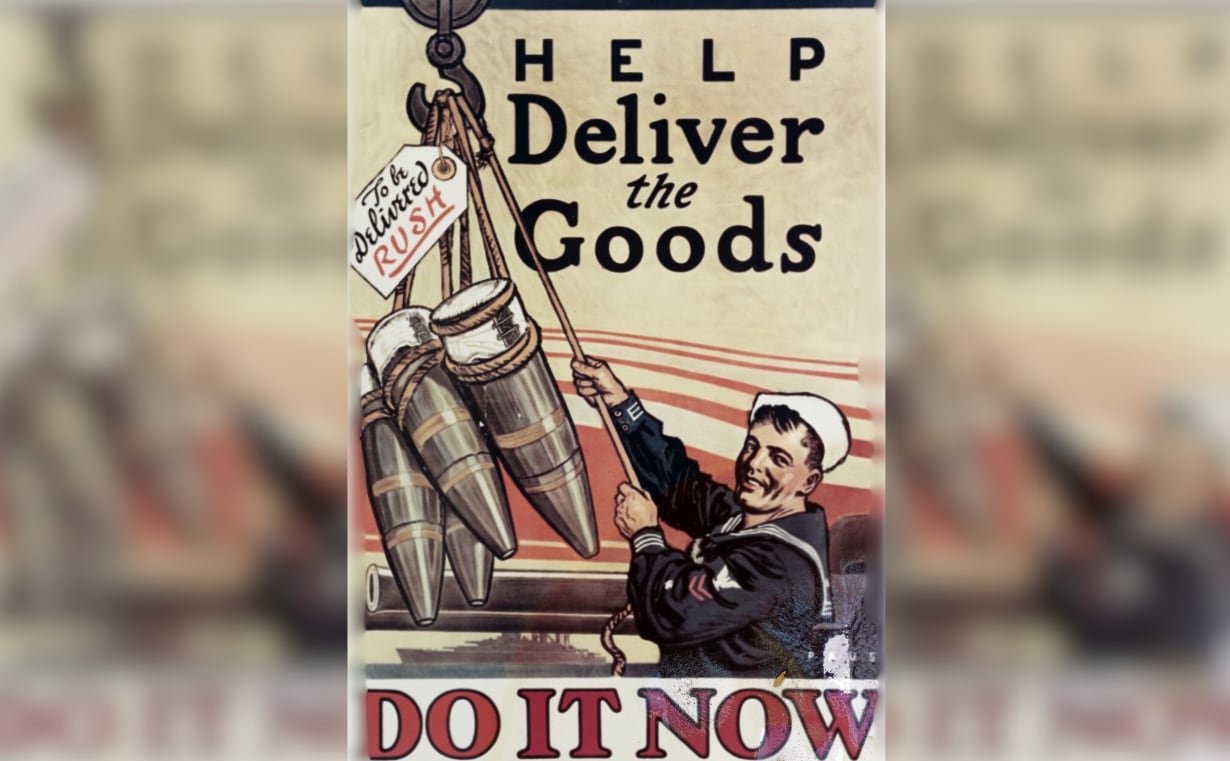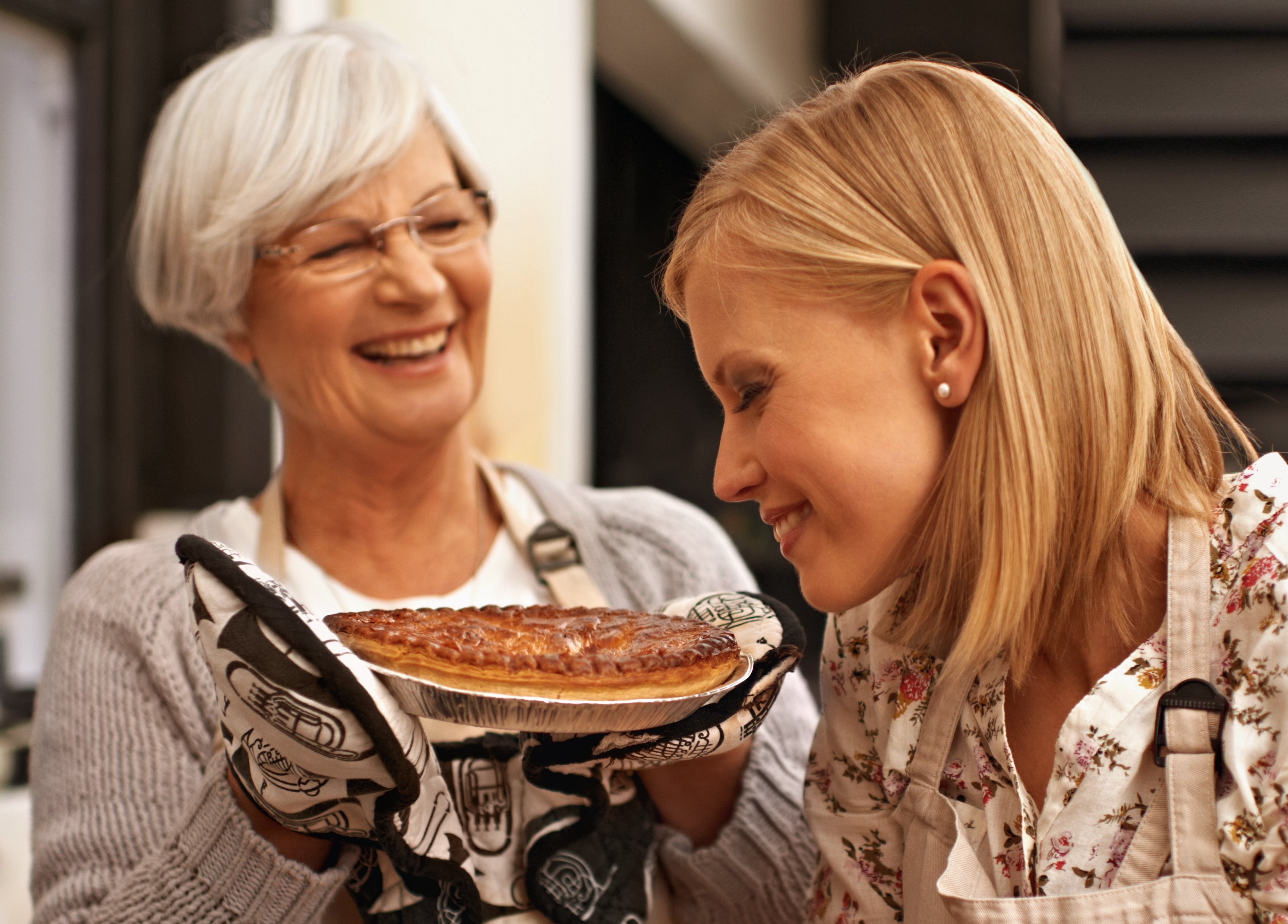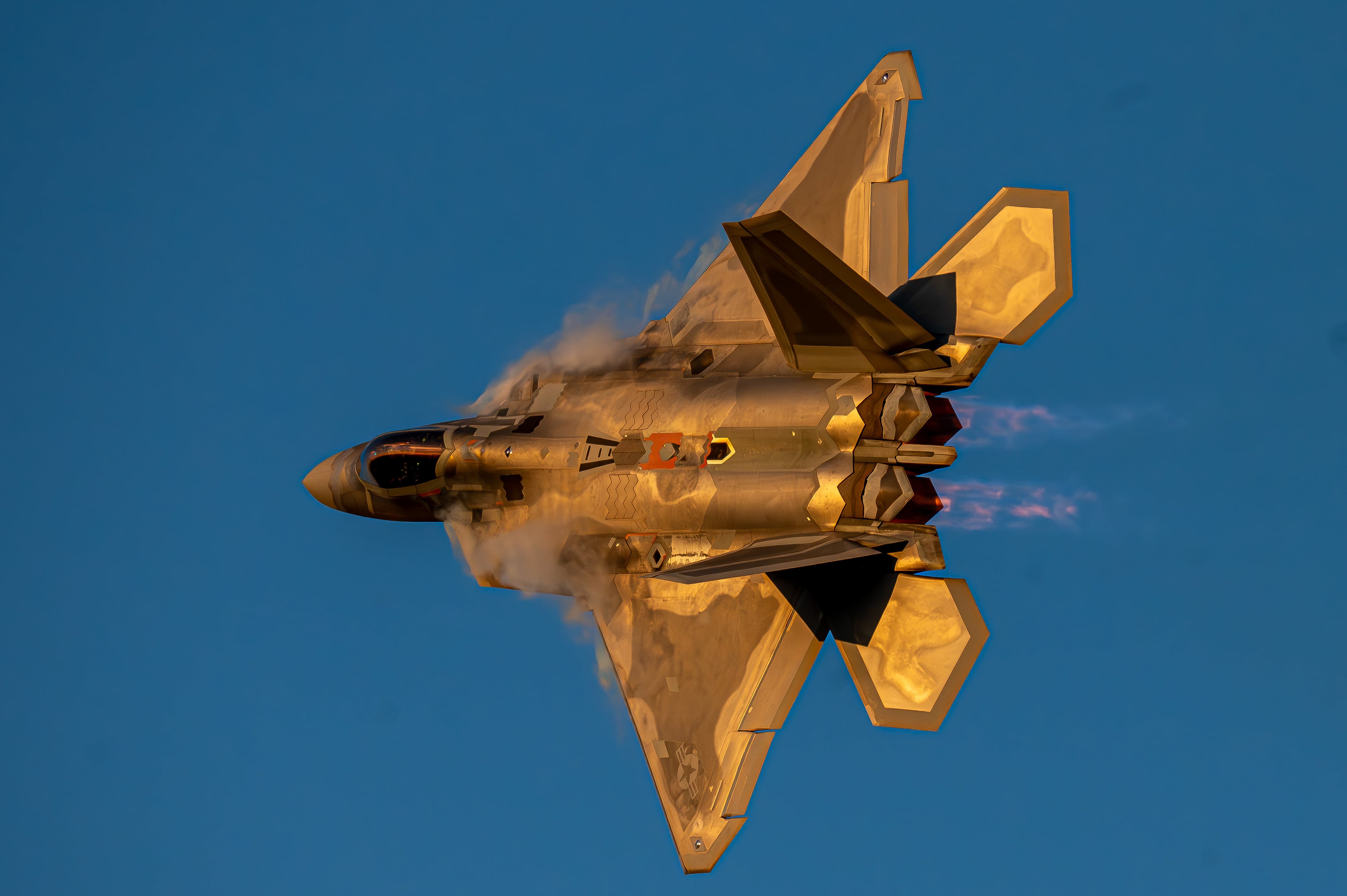Not even Alfred Hitchcock could have concocted the avian idea — carrier pigeons in bras. Or, at the very least, carrier pigeons in vests made by a brassiere company.
In December 1944, undergarment manufacturer Maidenform ditched peddling their usual wares in favor of a government contract to make 28,500 pigeon vests, according to the National Museum of American History.
The vests themselves could be attached to American paratroopers and were made out “of porous materials, with a tighter woven fabric underneath so the pigeon’s claws would not damage the mesh,” the NMAH wrote. “The vest was shaped to the body of the pigeon, leaving their head, neck, wing tips, tail, and feet exposed.”
Carrier pigeons, or homing pigeons, were employed by various nations throughout World War II and, despite the seemingly antiquated method, were among the most secure and reliable forms of communication. Rarely intercepted, the Army Signal Corps sent an estimated 30,000 messages via pigeon, with 96 percent reaching their assigned destination. Luddites everywhere, rejoice!
As to the age-old question regarding the airspeed velocity of an unladen swallow, homing pigeons were able to fly at a speed of roughly 50 miles per hour and traveled an average of 25 miles per mission, though they were capable of traveling up to 600 miles if needed.
Originally toting messages in a tiny capsule fastened to the pigeons’ legs, the advent of Maidenform’s pigeon bra/vest allowed handlers and service members to attach larger message items to the birds, including maps, photos, reports, and even tiny cameras.
Approximately 55,000 pigeons were deployed by the Americans throughout the war. The British, meanwhile, used upwards of 200,000. Thirty-two of those pigeons were presented the People’s Dispensary for Sick Animals (PDSA) Dickin Medal, the highest honor awarded to animals in combat.
One service pigeon, the Duke of Normandy, flew almost 27 hours through “bullets, bombs, and driving rain,” according to the PDSA website, to deliver the message that paratroopers from the 21st Army Group were able to neutralize the Merville Gun Battery in one of the first Allied attacks during the Normandy invasion.
The first bird to arrive with a message from behind enemy lines, the Duke’s “heroics delivered critical intelligence to the Allied Command — and saved many lives. Had the mission failed … [the] HMS Arethusa [was] to launch an artillery attack on the Battery that would undoubtedly have caused significant Allied casualties,” the PDSA website says.
While ever-evolving technology eventually rendered such communication methods obsolete, the pigeon service is credited with saving the lives of thousands of Allied service members.
And thankfully for soldiers, the bra-burning movement had yet to take off.
Claire Barrett is the Strategic Operations Editor for Sightline Media and a World War II researcher with an unparalleled affinity for Sir Winston Churchill and Michigan football.
Tags:
wwii pigeonscarrier pigeonshoming pigeonsduke of normandy pigeonanimals during wwiianimals in combatfamous animals in warPDSA Dickin Medalpeople's dispensary for sick animalsIn Other News














